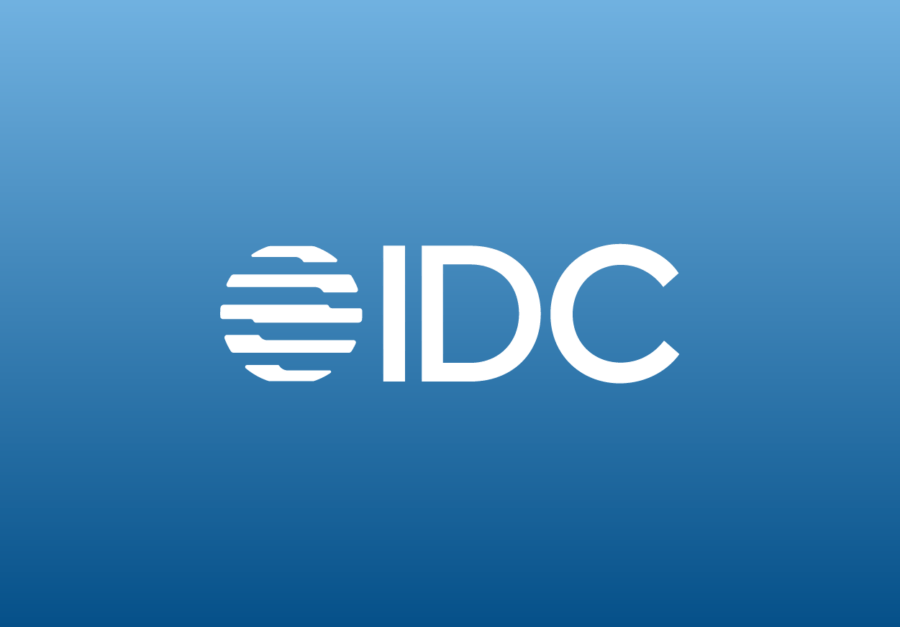Blog
Using APIs to Streamline Investing

In today’s dynamic market environment, treasury practitioners must frequently adapt to change while not losing sight of key fundamentals—managing cash, liquidity and investments. Investments can be especially challenging—which is why some organizations are looking to APIs to help streamline the process.
At KyribaLive 2022, MetLife, Kyriba and ICD participated in a panel discussion on how APIs drive transformative value in challenging markets. With interest rates finally rising, organizations will want to embrace the best technologies to help them invest wisely.
Key Trends
Bob Stark, global head of market strategy for Kyriba, began by noting that treasury and finance functions recognize that APIs will be critical to their business going forward. Fully 73% of corporate treasury groups view APIs as highly important, according to the Strategic Treasurer 2021 Treasury Technology Survey. Furthermore, the IDC 2022 Global Liquidity Survey found that 88% of finance leaders are prioritizing APIs in 2022.
“APIs are not only trending—they’re recognized as an opportunity to not just integrate processes, but unify data,” he said.
Meanwhile, CFOs and boards are also prioritizing better forecasting. Fully 84% of respondents to the Strategic Treasurer survey indicated that forecasting is very important for treasury. However, IDC research revealed that only 25% of finance teams can reliably forecast cash and liquidity beyond one month.
If companies have the ability to incorporate additional streams of data, they can position themselves to forecast for longer stretches of time. That, in turn, will help them to identify hidden pockets of liquidity that they can use to their advantage. “So as interest rates rise—especially for those organizations that are a bit more leveraged—it’s going to cost more to run your business,” Stark said. “Being able to attract and identify sources of yield is a key requirement that’s unlocked by cash and liquidity forecasting.”
Investments and Technology
Sebastian Ramos, EVP, global trading and products for ICD, noted that the past two years have been especially challenging for treasury teams around the world. Continuing uncertainty resulted in high liquidity and cash balances, while low interest rates meant that organizations were earning close to zero on investments.
With the Federal Reserve and the Bank of England raising interest rates, the question now for corporate treasury departments is how they can maximize returns while maintaining liquidity and minimizing risk. Product selection isn’t the issue; there are hundreds of money market funds for short-term investors to choose from. “The challenge really is getting access to these products and identifying the products that align with your policies and investing objectives,” Ramos said. “This is where technology really comes into play.”
Investment portals can make the process easier, improving companies’ short-term investing efficiency, and enhancing treasury technology that they integrate with. APIs are critical to this level of integration; for example, they allow ICD’s investment portal to function as an app within Kyriba’s workflow.
Stark presented one scenario in which a treasury department is sweeping excess cash in its daily position. “After setting their cash position in Kyriba, they have perfect visibility into excess cash that is available for investment,” he said. “The API between ICD and Kyriba allows automatic sweep of cash, integrating ICD within our cash management workflow.”
ICD cash will be directed to the fund(s) predetermined by the client with the transaction details sent back to Kyriba, again through an API.
“Information that starts in Kyriba, continues its journey to the ICD portal, and then returns as enriched information,” Stark said. “Kyriba remains that single source of record. Clients see all of their cash, liquidity and investment reporting in one spot.”
Furthermore, organizations can also have an API connect to other investment systems. Not every organization has all its investment tracking in a TMS; some will have alternative investment portfolios in other platforms. “That API can go simultaneously to Kyriba and another system at the same time,” Stark said. “That’s the power of APIs.”
MetLife’s API Experience
MetLife went live with Kyriba in early 2020, explained Tom Lenahan, AVP, global cash management for MetLife. One of the company’s goals in adopting a new TMS was to improve cash forecasting; MetLife had been moving a lot of files around between systems to track forecast data, which was a heavily manual and time-consuming process.
Using APIs through Kyriba helped immensely. APIs enable the cash management team to pull data only when they need it, rather than being on a set schedule for files to be sent and received. This provided the team with the time they need to analyze the forecast, which in turn improved MetLife’s working capital.
“By lowering those working capital balances, we needed a solution to invest those funds but also keep those funds fully liquid,” Lenahan said. “ICD offered us the best solution to our problem. They offered us a wide range of money market funds to help us get the highest yield.”
Additionally, ICD and Kyriba offer automation in the trade process via API connectivity. Given MetLife’s mission to eliminate manual processes wherever possible, this was highly appealing. “It gives us a win-win solution; we get a large selection of funds and we get API calls to be able to streamline the trade process,” Lenahan said.
And MetLife doesn’t just feed the information into its TMS. The cash management team has a separate investment system that tracks counterparty risk where it loads information from each money market trade. Using an API has eliminated significant manual effort that was required to synchronize data in multiple systems and shifted time towards analysis and performance reporting.
Further API Implementations
Throughout 2022, MetLife plans to expand its use of APIs within Kyriba. The team is considering several new capabilities, including cash sweeps, account validation services, and real-time bank reporting for balances and transactions. “So, those are just a few of these areas we’re going to improve in 2022 by using APIs,” Lenahan said.












